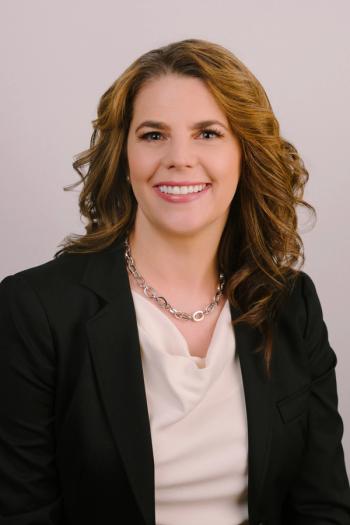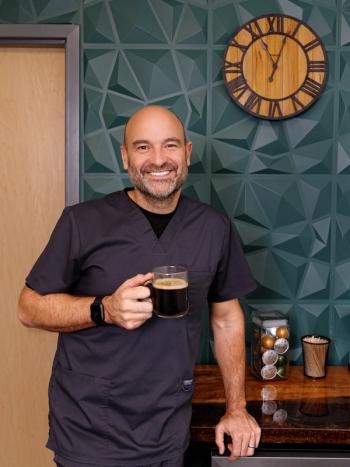
More Ways Physicians Can be Bought Out
Part two of a two-part series in which physician buyouts are explored and whether or not the financial offerings make sense for you.
In a world in where physicians are fleeing independent private practice in order to join the corporate and institutional practice world, it is important to differentiate the different opportunities in the marketplace for physician employment.
The next type of buyout (which is rare), is when a group of similar specialty practices is “rolled up” into a large regional or national group. Often, these transactions are financed with outside private equity/venture capital funds. The offers can be competitive and or even involve money than makes sense. We saw this in the 1990s when large public corporations such as MedPartners and Phycor offered physicians a combination of cash and stock in exchange for control of their practices and for some percentage of earnings (usually around 15 percent). Their promises were higher contracted fees, economies of scale, and more.
These companies all flamed out and were bankrupt in just a few years, as their real “scam” was multiplying the earnings taken from physicians by the larger multiples on the stock exchange. They had no expertise on managing practices or in doing just about anything they promised. I suspect that many of these new ventures will also end up badly, as the practices being bought are on the radar of Medicare and other payers as being “too highly compensated.” Still, a physician receiving an excess buyout may be just fine in the long run if the money is enough.
Finally, we are seeing practice “rollups” in which a lump sum is offered to physicians, followed by a reduced compensation offer. The initially attractive elements include the lump sum payment up front along with the potential promise of economies of scale and better negotiating power with vendors and insurance companies. Whether or not these benefits come to pass are best evaluated on a group and regional level (recall the experience of the national group efforts mentioned above).
In some of these offers, the physicians are essentially paying for their own buyout over a short period of years (usually under five years). For example, a physician may be offered a one million dollar lump sum, but then will see their compensation reduced by $200,000 per year. They will find that they have paid back their lump sum between five years and six year and then will be earning less than they would otherwise. And they will be “owned” by a corporate entity that may or may not have the other benefits.
As a rough guide, I tell physicians that if they are not being given at least eight times their likely cost (salary reduction) in the transaction, they may be better off staying independent all things considered. So, a physician who makes say $500,000 a year offered $1 million with a post buyout contract of $300,000 per year has a five-year payback. Not good. But if they are offered the same deal with a $2 million buyout, it is worth considering. Also, I tell physicians not to take any stock, only cash. If at all possible, the cash should be structured to be taxed as capital gains and not income.
This article and the one before it discuss the most prevalent ways that physicians are being employed and losing independence. The transition has been turbulent and the outcome is unclear.
Newsletter
Optimize your practice with the Physicians Practice newsletter, offering management pearls, leadership tips, and business strategies tailored for practice administrators and physicians of any specialty.









